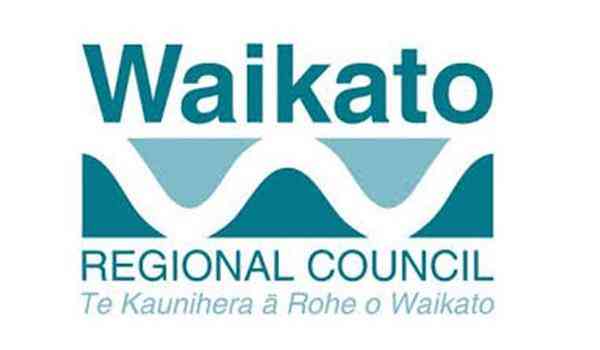Waikato Regional Council news
Waikato Regional Council yesterday unanimously approved its Climate Action Roadmap to guide internal activities, budget planning and opportunities to work with iwi partners and key stakeholders for a climate-resilient Waikato.
The roadmap provides nine evidence-based pathways the council will take to respond to the impact of council actions on the climate and the implications of a changing climate on council activities.
Climate Action Committee chair Jennifer Nickel says the roadmap will be used to guide the council’s preparation for the 2021-2031 Long Term Plan.
“It also helps to build a common understanding of the issues and outline opportunities for action with territorial authorities, iwi partners and other stakeholders. We’ll be going out to stakeholders to invite feedback on the roadmap and identify areas of potential collaboration.”
The pathways focus on areas that represent the biggest challenges and opportunities.
- Coastal resilience pathway – to work across the region to reduce the risk of climate-exacerbated natural hazards on the coastal environment and communities and manage the impacts of sea level rise.
- Agriculture and soils pathway – to work with the agricultural sector to develop integrated approaches to reduce emissions, increase biodiversity and improve water quality.
- Water is life pathway – to ensure freshwater allocations reflect both changing land use and climate change signals.
- Habitat restoration and planting pathway – to proactively identify land and coastal areas, including wetlands and intertidal zones, for protection and restoration to deliver climate-related benefits, provide the best return for freshwater quality, and support community resilience and safety..
- Future of transport pathway – to reduce the exposure of the sector to the increasing costs of carbon emissions and enable the transition to low carbon transport fuels in a changing climate.
- Sustainable investment pathway – to support WRC investments that are underpinned by sustainability principles and which reduce investment risk from climate change.
- Biodiversity and biosecurity pathway – to recognise the risks of climate change for biodiversity, apply strategies to improve biodiversity, reduce pest incursion and expansion and support interregional and central government commitment.
- Drainage and flood protection pathway – to determine the extent to which current infrastructure and flood protection schemes are fit for purpose and respond accordingly.
- Energy pathway – to facilitate access, development and use of renewable energy sources within the region.
“All pathways are science evidence based and incorporate mātauranga Māori. Some pathways will need to be progressed immediately, and some will take longer than others,” said Cr Nickel.
“The roadmap is not a detailed itinerary but just information to start a conversation about where we want to go as a region to arrive at a more climate-resilient economy.
“We recently held a council workshop on this topic and worked through things together, which I was really proud of, to get to a place of unanimous support today.”
Chair Russ Rimmington said the council acknowledged the enormous contribution of the primary production sectors to the Waikato and New Zealand, and the challenges they face in meeting targets set by the Zero Carbon Act.
“We know farmers and growers are doing an enormous amount of work to change traditional farm management systems and work with a changing climate. Listening and working with those who know the regional landscape best is essential to tackling the issues we face.”
In recognition of this, the council agreed to appoint an additional member, Councillor Andrew MacPherson who works in agribusiness, to the Climate Action Committee to boost science and farming perspectives.

